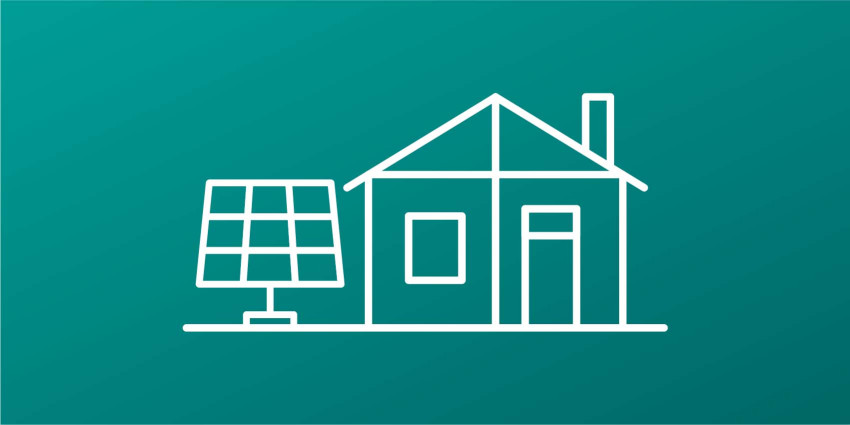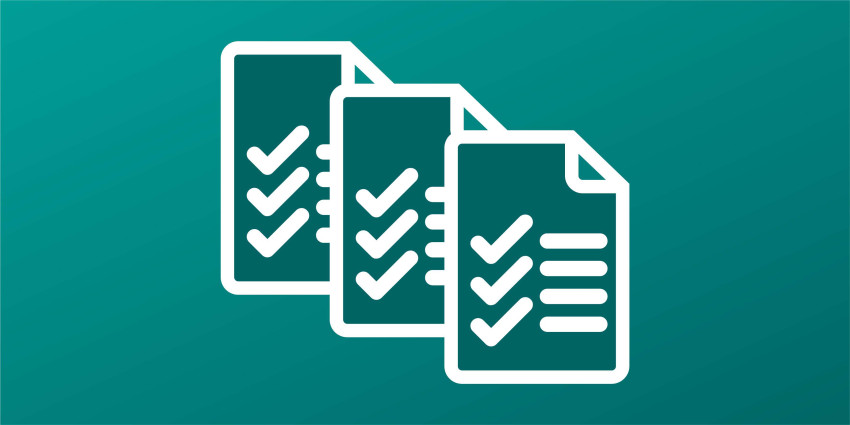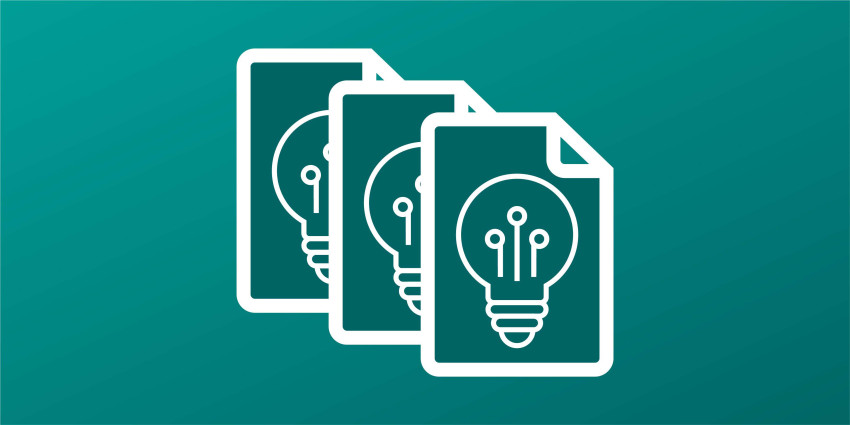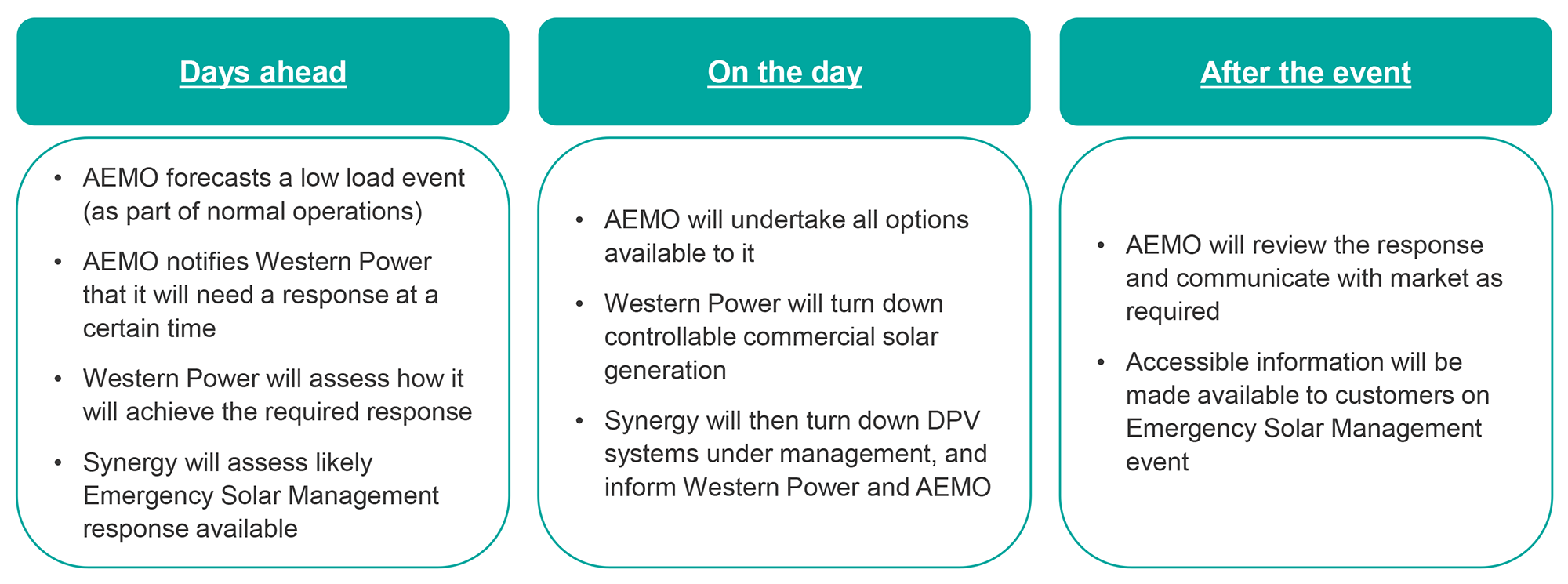Information for installers can be found on Information for Industry - Emergency Solar Management.
On 14 February 2022 these requirements were introduced. This was following a recommendation from the Australian Energy Market Operator (AEMO).
A system doesn't need to follow the requirements if:
application for connection was received before 14 February 2022; and
installed before 14 March 2022.
A new application is required if installation doesn't happen by 14 March 2022. The application must comply with Emergency Solar Management.
The requirements:
- only apply to new and upgraded rooftop solar – systems installed or upgraded before 14 February don't need to comply[1] ;
- will not interrupt power supply to customers – only rooftop solar generation is reduced during emergencies. Customers will continue to receive power from the grid;
will provide capability used only in emergencies – for short periods and infrequently. Will prevent loss of power for consumers during these critical times;
will only impact households as a last resort – other options to protect the power system will be exhausted first; and
- will allow more renewables – by managing risks during emergencies, more rooftop solar installation will be possible.
There’s a long-term plan in progress so we won't need this emergency measure. This includes investing in energy storage, developing virtual power plants from customer devices to support the grid, and enabling customer devices to provide energy services. Read more about the Energy Transformation Strategy.
Energy Policy WA hosted an online forum on 7 December 2021. A recording of the forum and a copy of the forum slides are available.
Information for households and installers is on Synergy’s website.
[1] Systems where the application for connection was made to Synergy before 14 February 2022, and installed before 14 March 2022, do not need to comply.
Why is Emergency Solar Management required?
Show moreWestern Australians continue to embrace rooftop solar - known as distributed photovoltaic (DPV) - at an unprecedented rate. In 2020, installed DPV capacity increased by over 300 megawatts (MW) and in 2021, around 370 MW. Both years were records.
About one in three households have installed DPV systems. Rooftop solar generation is already providing up to 64 per cent of our total electricity needs during the day. This phenomenal uptake is transforming how we generate and supply electricity.
However, rapidly growing levels of solar generation puts the operation of our power system at risk.
These risks arise when generation from solar is high and our demand for electricity from the grid is very low – called ‘low load’. Typically, this happens on mild, sunny weekend days in autumn and spring, when demand from businesses is low and air-conditioning is unnecessary for most customers.
Due to low demand, fewer large thermal generators are required to operate. However, these generators provide critical services to our power system:
stabilising electrical frequency on the grid;
helping the power system ride through disturbances (such as transmission line outages); and
responding rapidly to sudden changes in demand and supply. Without a minimum level of thermal generation, our power system becomes vulnerable to widespread outages.
On 28 September 2021, AEMO released its Renewable Energy Integration – SWIS Update report. This outlined the risks of decline in demand, including more threat to power system security during times of low load. In this report, AEMO recommends remote management of the level of generation from DPV systems (known as Emergency Solar Management). This will:
- help AEMO maintain the stability of the power system in extreme operating conditions and prevent the loss of power to customers;
- enable Western Australians to continue to install rooftop solar PV; and
- support the transition to a renewable power system.
In the report, AEMO indicated that around 600MW of load was the critical amount that would keep the power system secure under most scenarios. This level is fast approaching; a new record low of 761MW was recorded on Sunday 14 November 2021. This highlights how close the SWIS is to reaching AEMO’s “zone of heightened security threat”.
Generation management has always applied to large generators for system security responses. Emergency Solar Management is being introduced as a last resort measure after these large generators are turned down.
Extreme low load events requiring Emergency Solar Management are expected to occur infrequently and for short periods of time in the middle of the day. In South Australia, where Emergency Solar Management has been in place for a year, it has only been used once for about an hour.
How does this affect me?
Show moreAll new rooftop solar systems, upgrades and battery installations with inverter capacity of 5kW or less must be capable of being turned down or off remotely in emergencies as a last resort to keep the power system stable.
This means that if you are installing a new rooftop solar system or upgrading your existing system to an inverter capacity of 5kW or less than your system must meet the requirements for management capability as outlined in Western Power’s Basic Embedded Generator Connection Technical Requirements.
If you are installing a battery to an existing system, but not changing your existing system, then your battery must comply with Emergency Solar Management requirement. Your existing rooftop solar system does not have to comply.
If your rooftop solar or battery system was installed or upgraded before 14 February 2022, then your system does not need to comply with these requirements.
Synergy is supporting households and installers to meet these requirements - for information please visit: https://www.synergy.net.au/global/dpv-management
[2] Systems where the application for connection was made to Synergy prior to 14 February 2022, and installed before 14 March 2022, do not need to comply.
Why rooftop solar?
Show moreRooftop solar is now usually the biggest single source of generation on the grid during the middle of the day. It meets up to 64 per cent of energy used at a point in time. This is a massive accomplishment.
There are mild, sunny days when solar generation is high, but businesses and customers need less electricity (e.g., for cooling). Here, rooftop solar meets most of the demand and fewer large generators have to operate.
The stability of the power system requires supply and demand to balance. Our main grid in Western Australia is uniquely isolated as it's not connected to the electricity system on the east coast – we can’t rely on other electricity systems to help us maintain this balance. Large generators provide critical services to keep the power system stable and secure so that it can continue to operate.
When there is a large amount of unmanaged generation from rooftop solar PV systems and low demand from the grid, the power system becomes vulnerable to unexpected events which can cause power outages.
AEMO, the power system operator, has identified a need to turn rooftop solar generation down or off to keep the power system secure during emergency operational conditions.
Why don't we do something else, like build batteries?
Show moreThe State Government is taking action to address the system security challenges associated with rooftop solar. It starts with its 2019 launch of the Energy Transformation Strategy.
This includes implementing the “Distributed Energy Resources Roadmap”. The focus is on integrating solar rooftop PV into the power system and updating the grid to make it ready for a renewable energy future.
These actions are designed to reduce the need for Emergency Solar Management in the long-term, and include:
investing in batteries, including the Big Battery in Kwinana and 13 PowerBank community batteries;
allowing new technologies (such as battery storage) to provide critical services to the power system for payment;
planning for virtual power plants;
planning for the integration of electric vehicles into the power system;
piloting new tariffs to encourage households to use their own solar; and
investing in both large-scale and community batteries.
Although batteries can reduce the risk that low load events may present to system and network security, there are challenges with this approach:
There is a two-year lead time for the development, procurement, and installation of large-scale batteries. We are racing against the clock to get a solution before the system is at a critical risk.
Household batteries can support the system only if they are controllable. For example, most batteries are full by midday - this means they cannot assist any further in a low load event, which is likely to occur in the early afternoon. The technology and settings for orchestrating household batteries is still being developed.
Installing enough large batteries to remove the need for Emergency Solar Management would be very expensive – estimated at $4 billion to 2030, or about $500 per household each year. In comparison, the cost to households to turn off solar for short periods is small. In South Australia, this measure has only been used once since it was introduced in September 2020, and the cost was $1-2 per household.
Other solutions (i.e. if we did not use Emergency Solar Management) include stopping the connection of new solar to the grid altogether, extending the timeframe for our transition to renewables.
Other actions are also being explored, such as increasing the amount of energy used during the middle of the day by working directly with large customers. For instance, Water Corporation, one of the larger energy users on the grid, pumps water during the middle of the day to soak up solar. Western Power and Synergy have also developed products to increase energy use in the middle of the day, and more are planned.
What happens during emergency conditions?
Show moreEmergency Solar Management will only be used - in response to a direction from AEMO - to ensure this system does not enter an unsecure state.
During an extreme low load event, AEMO will undertake a range of actions to manage the power system, including:
reducing large-scale generation;
getting more energy services to ensure the system can be operated at a lower load level; and
coordinating with Western Power on network configuration.
If this is not enough to avoid the system entering an unsecure state, AEMO will direct Western Power to respond. Currently, Western Power can manage certain large commercial DPV systems, and so it will reduce generation from these systems.
Once all other options have been exhausted, there are other options. These are disconnecting the distribution feeder(s) with large amounts of DPV generation (interrupting power supply to all customers in the area), or deploying Emergency Solar Management (which reduces solar generation only).
The introduction of Emergency Solar Management will limit the impact on households by ensuring households do not lose power to their homes, and will only be used as a last resort. More actions will be undertaken by AEMO and Government in the future to reduce the need to call upon Emergency Solar Management.
The figure below provides an outline of the likely steps before, during and after an extreme low load event.
There may also be events that occur without prior warning. These could be faults causing the loss of a large industrial load, or a bushfire taking out a transmission line connecting a large amount of load to the grid. The sudden loss of a large load could require an emergency response from the power system without prior notice. Regardless of the cause, information will be made available customers following low load events.
Is Western Australia alone in implementing these requirements?
Show moreSouth Australia implemented this requirement in September 2020 to help manage the high levels of rooftop solar on its grid.
Since its introduction, South Australia has used the requirement once for about one hour.
However, Western Australia is isolated - South Australia has the benefit of interconnection with the eastern states to take its excess solar output.
We have learned from the South Australian experience and adapted it for Western Australia to make the change as simple and as low-cost for consumers as possible.
Will these changes help increase renewables?
Show moreEmergency solar management is being implemented to manage the near-term risks to our power system caused by the rapid increase in uncontrollable rooftop solar.
Without this option, other solutions could include ceasing the installation of rooftop solar, or hard limits on rooftop solar exports.
By managing the risks during emergencies, more rooftop solar can be installed safely and greater levels of renewable energy will be available at other times.
What is the long-term plan?
Show moreIn 2019, the Energy Transformation Strategy mapped out a reform program. The focus was on integrating rooftop solar and preparing the power system for a renewable energy future. Actions from this program include:
piloting virtual power plants;
trialling new time of use tariffs that encourage consumers to use more energy in the middle of the day to soak up the solar on the system;
investing in community batteries; and
changing technical settings.
The State Government is changing the electricity market to allow new technologies. For example, battery storage to participate in the market and improve the resilience of the power system. Synergy and Western Power are looking at ways to encourage customers to shift their power use to use more energy in the middle of the day to help balance supply and demand. In the long run, aggregation and dynamic operating envelopes will enable customer participation in the market to balance supply and demand.
Emergency Solar Management follows the vision for the power system where customers participate. The goal remains to fully integrate customer devices, which will see customers able to provide energy services for payment. This includes services that help maintain power system security. Being able to remotely communicate with customer devices is strongly aligned with this future participation.
Emergency Solar Management is a stepping stone to this future, enabling us to add more renewables while keeping the power system secure. The figure below shows where Emergency Solar Management plays a role to ensure that the power system continues to operate. Emergency Solar Management can be used to avoid the zone of "heightened system security threat and reduced operational flexibility” that AEMO has forecast to happen occasionally due to low load, until the long-term energy transformation vision of aggregated DER is realised.
What do new rooftop solar customers and installers need to know?
Show moreAll applications for new or upgraded rooftop solar PV systems will need to meet Emergency Solar Management requirements. This means they must be able to be managed remotely, so they can be turned off or down in response to a signal when AEMO requires a response to help prevent power system emergencies.
Rooftop solar or battery systems installed prior to 14 February 2022 do not have to comply with requirements for Emergency Solar Management, unless an upgrade is made to the system.
There are currently two ways to remotely manage and turn off residential rooftop solar systems with an inverter capacity of 5kVA or less.
The API cloud solution uses software via an API (Application Programming Interface) to remotely communicate with inverter systems. This requires installing a compatible inverter and maintaining an internet connection for the inverter.
The metering solution uses a meter with communications capability enabled that can remotely isolate an inverter system.
For most households, the API cloud solution is likely to be the simplest, the least cost option, and provide the best long-term capability for future participation opportunities.
Synergy is supporting households and installers. Further information is available on Synergy's Solar Management web page.
Western Power has information for installers on how requirements for Emergency Solar Management can be met for different meter types using the metering solution. There is also information on which metering configurations are likely to be expensive to meet requirements, so need an alternative approach on the Western Power website.
In a very small number of situations, meeting the requirements for emergency solar management will be either too costly or impractical to implement. In these situations, households can instead apply to have their system exports limited to 1.5kW. All customers may choose to be export limited rather than meet requirements for Emergency Solar Management.
However, systems that are export limited rather than meet requirements for Emergency Solar Management will not be eligible to receive buyback payments under the Distributed Energy Buyback Scheme.
Systems participating in Emergency Solar Management will be tested for compliance. This will involve running short trials for participating systems, where possible at times of low solar production and household energy use to minimise the impact on consumers.
Applications made before 14 February 2022, and installed before 14 March 2022 do not need to comply with Emergency Solar Management requirements. Western Power will be updating its website portal on 14-15 February 2022 to accommodate the changes. Applications under the new requirements can be submitted through the portal from 16 February 2022.
What about larger rooftop solar systems?
Show moreSystems larger than 5kW inverter capacity are subject to export limits to ensure they do not contribute to emergency events.
These export limits will enable households to install larger systems for self-generation with a streamlined connection process.









